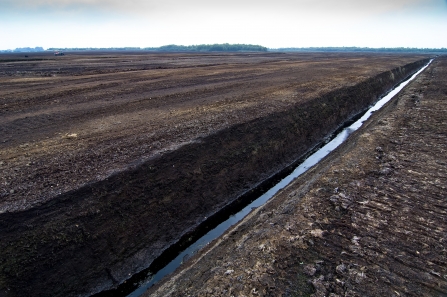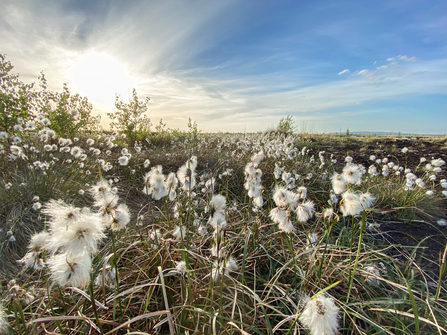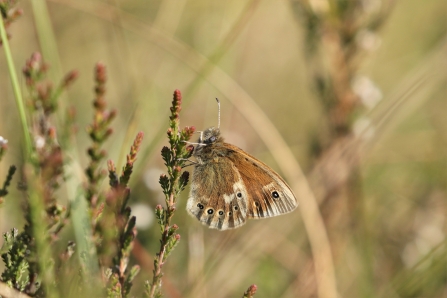My family moved to Boothstown when I was six, and I hung around there until my early 20s, but I can’t have been on the moss more than three or four times in all those years.
We saw it as a “no-go” area, heavy machinery and agriculture were warning signs for townie teenagers that they wouldn’t get a very good reception.
I remember there were areas around the moss of uncontrolled "elephant grass", you had no idea who was hiding in there. So, we hitched a lift on the back of coal trains heading down to the basin to load barges (this is now a posh pub) on the Bridgewater Canal.
The Wildlife Trust came on my radar when the Prince of Wales, now King Charles, was flown in by helicopter to look at Astley Moss. I was a reporter on the Bolton Evening News at the time, and I was sent to cover the story. This was literally two miles from my home but I had never been here.




